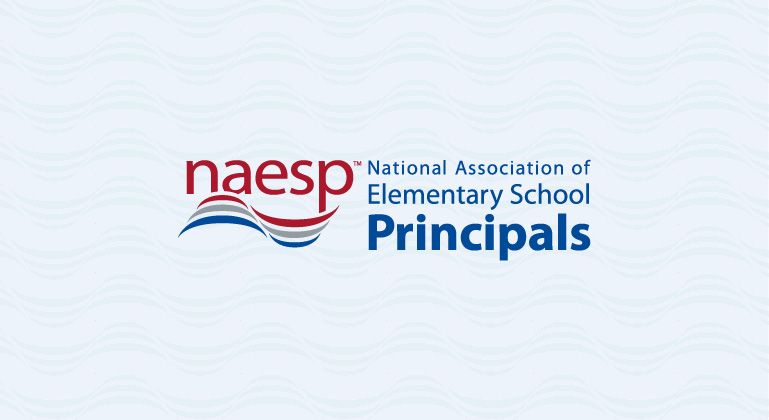100-Day Leader
Session notes from “100-Day Leader,” presented by Douglas Reeves.
What was the speaker’s main message?
Reeves outlined six steps to 100-day leadership. They are:
- Identify Your Values
- Bedrock principals—no compromise, not just opinions, not subject to a vote or show of hands
- Rule No. 1 of change, talk about what does not change, emphasize core values.
- Take an Initiative Inventory
- An initiative is any instructional or leadership program or practice that is not yet part of your culture. The list is always longer than you think.
- Invest in people and practice, not programs and products.
- Estimate your degree of implementation
- Make a “Not-to-Do” List
- Think small: Engage the faculty in saving minutes and hours
- Weed your own garden: lead by example
- Consider the consequences of failing to write the “not-to-do” list: the “unconscious” list.
- A law of the universe: you will never accomplish everything on the “to-do” list, so focus on greatest impact.
- Identify 100-Day Challenges
- Measurable performance objectives
- Meaningful and urgent
- Directly supported by values
- Specify High-Leverage Practices
- Professional Learning Communities (not just effects, but best/promising practices)
- Collaborative Scoring (the enemy is not each other; it is ambiguity. Don’t criticize each other, criticize the rubric; make it clear and specific. As clear as playground rules!)
- FAST Feedback (fair, accurate, specific, timely) kids understand the feedback and what it means
- Nonfiction Writing (point counter point, reviews, etc. It all helps science, social studies, math, PE, music, etc.)
- Specify Results
- Objective, specific, and measurable
- Percentage of students reading on grade level according to independent assessment
- Percentage of students doing math on grade level according to independent assessment
What were the speaker’s best quotes?
- Why real results right now using the 100-Day Leader approach? If we make mistakes, we know sooner and course correct faster than a traditional strategic plan.
- Learning. Assessment. Intervention. Enrichment. If it’s not about those four things, I don’t want to hear about it.
What were the top ideas from the session?
Policy challenges for school leaders to consider:
- 10 Absences = Failure
- Outlaw the Average
- Use the 4-Point Scale, Not the 100-Point Scale
- Review Failures Before They Go to Parents—don’t let a single failing grade go home without your (the principal) approval (name and need).
Lessons from the Shutdown
- Relationships still matter—old-fashioned phone calls, sidewalk visits, physical pictures of teachers and students
- Engagement is more than attendance—inquiry is the key, not just eyes to the front
- Nobody used the average in the spring of 2020—stop using it forever!
What is one idea that you want to learn more about?
Consider the four-point scale. Teachers can always tell the difference between A, B, C, and D, but nobody can tell you the difference between 83 and 84. What would this look like in my school? How would I make it a reality?
What are resources you will check out?
1. creativeleadership.net is the home of Dr. Reeves’ materials, thoughts, and team.
2. finishthedissertation.org is a free 1:1 coaching to help you get across the finish line with your dissertation.
3. All4Ed.org frames literacy as a health and safety issue by analyzing data state by state to create a more focused path toward better solutions.
4. Those in the knowledge sector (including educators) check their email every six minutes. In his book, A World Without Emails, Cal Newport outlines principals for an improved workflow and increased productivity by reimagining work in an age of communication overload.
I can’t wait to tell my teachers about this idea:
If we are going to embrace and sustain the 100-Day change cycle, we need a workable strategy. How about a science fair for the staff with a simple three-panel cardboard? My challenge on the left, my intervention in the middle, and my results on the right. According to Reeves, this is a great way to create inside – out change. How can you address morale by having measurable achievable goals that can inspire and motivate staff?
Notes by Todd L. Brist, Watertown Middle School, Watertown, South Dakota


